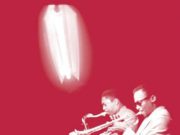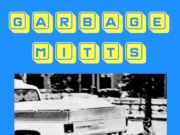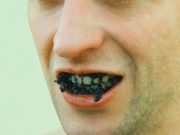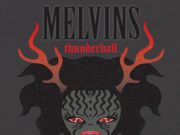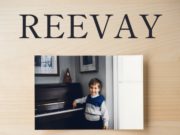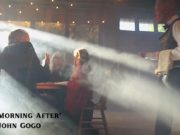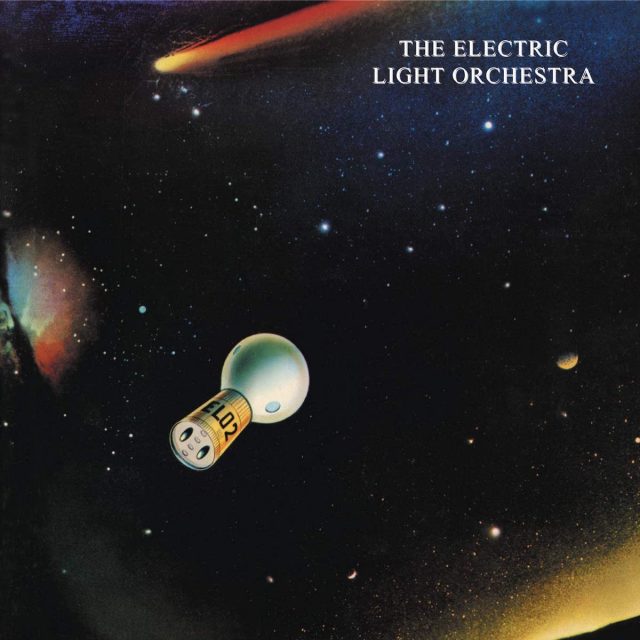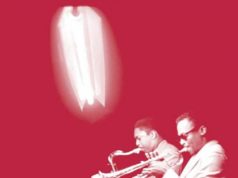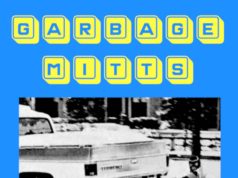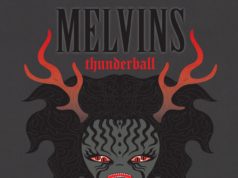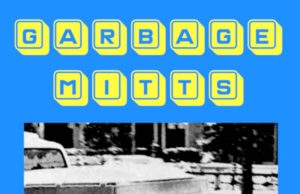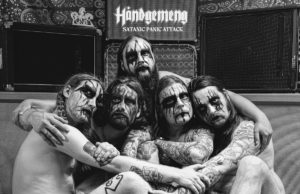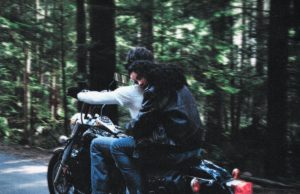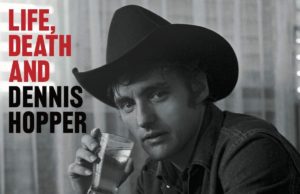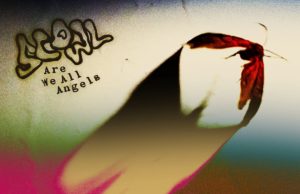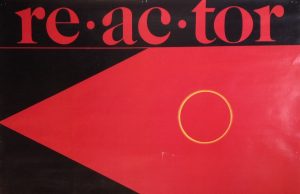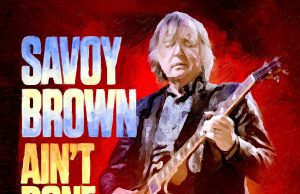 I don’t understand why the vocals sound so damn bad. Everything else is fine. The vocals on every other record are fine. This was recorded at George Martin’s AIR Studio, so WTH?
I don’t understand why the vocals sound so damn bad. Everything else is fine. The vocals on every other record are fine. This was recorded at George Martin’s AIR Studio, so WTH?
There are several Electric Light Orchestra albums which are essential. This really isn’t one of those but it does have one absolute banger — Kuiama, which just so happens to be the band’s longest song. Never heard of it? I’m not surprised. They only played it live five times, and the last time was on July 13, 1973.
By contrast, this album does boast their most-performed song Roll Over Beethoven — which is probably my least favourite on this otherwise non-commercial sophomore album. It was their first without ELO co-founder Roy Wood after he split to form the awfully named Wizzard (correct spelling). He and Jeff Lynne had both been in The Move when they created The Electric Light Orchestra based on a shared desire to take a cue from The Beatles and start a band where orchestral instruments are more prominent than guitars. Wood split because early ’70s sound systems were unkind to acoustic classical instruments when paired with electric guitars and synths. They couldn’t be heard.
Wood is actually on two of the songs on ELO 2, but uncredited on the original pressings. This album was both the last to feature the full name The Electric Light Orchestra and the first to feature the popular shortened version, ELO.
I picked it up this week even though I already own a copy — but I only had the U.S. version, which didn’t feature the Hipgnosis cover art of the U.K. edition. The remastered reissues all feature the same U.K. cover now. Anyway, I’m selling my lovely U.S. pressing for $5 if you need it. There’s also an expanded First Light edition which came out in 2003 with a shockingly awful album cover. Why would anyone use anything other than the Hipgnosis cover they sourced? I don’t get it. But then again, ELO have had a lot of shitty album covers.
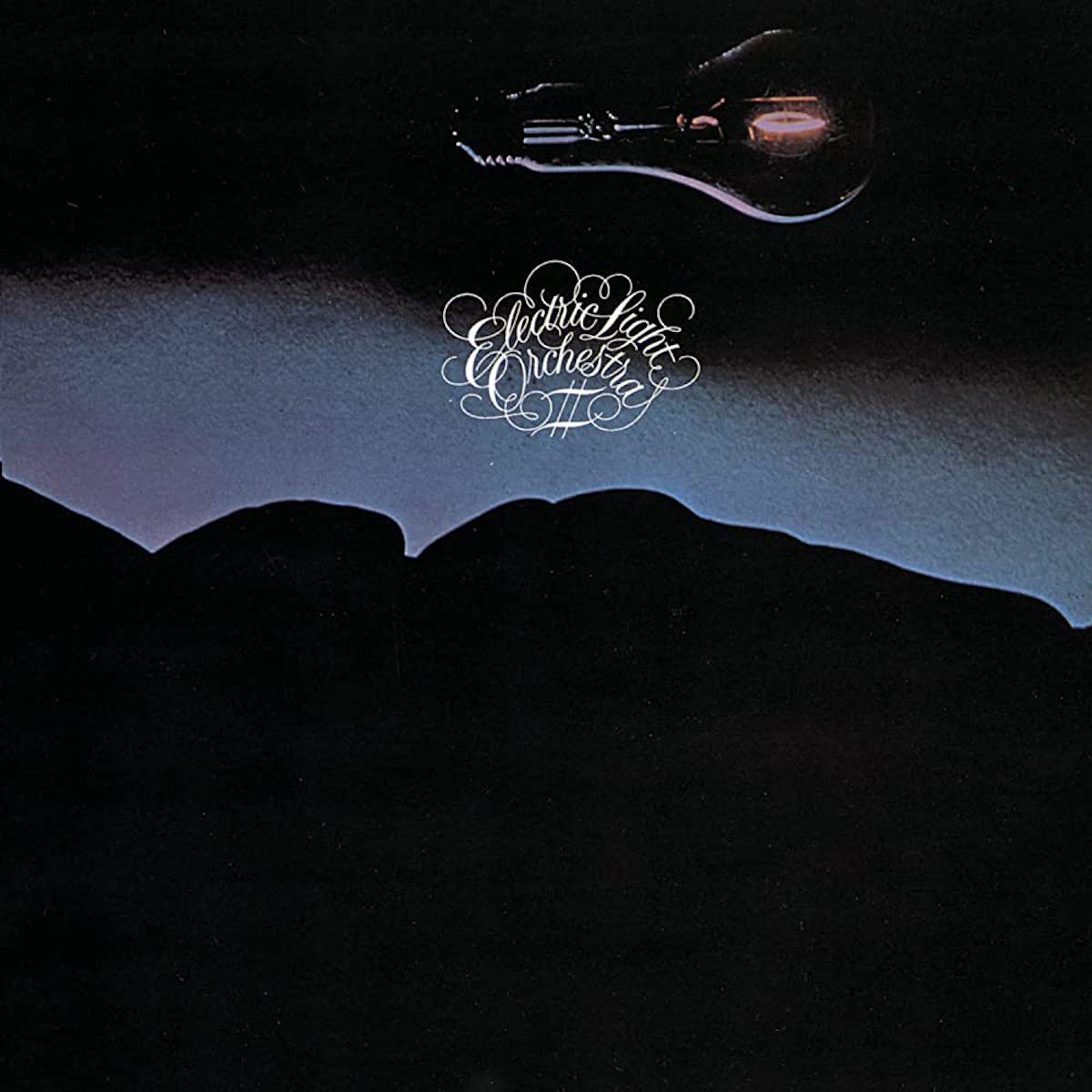
The first one (1971) — self-titled in the U.K. and dubbed No Answer in the U.S. — was great, with a Hipgnosis low-angle photograph of an old-timey light bulb on the bare wooden floor of a grand baroque-style room. The U.K. version of ELO II (1973) is great. On The Third Day (1973), one of their best records, has a lame band photo on it which makes them look like a bunch of early Muppet Show puppeteers. Eldorado (1974), a masterpiece, has a screen grab from The Wizard of Oz. Face The Music (1975) is cool — it features an electric chair. A New World Record (1976) is just their logo.
Out Of The Blue (1977) — their biggest album — has a great cover. The most 1977 of 1977 albums features a spaceship docking inside a giant mothership shaped like the band’s multi-coloured logo. They had a stage show to match. Discovery (1979) has a seemingly Egyptian guy examining a glowing ELO logo which, one imagines, he has just unearthed. It’s not bad, I guess. I have a soft spot for that record because my brothers had it. Side 1 is in my blood. Then it’s Xanadu (1980), Time (1981), Secret Messages (1983) and Balance Of Power (1986). All meh.
Anyway, we’re here to talk abou ELO 2. There are only five tracks on this album and they are pretty progressive and orchestra-heavy.
It kicks off with the menacing thump of In Old England Town (Boogie #2). It’s not a boogie. It is a dark, stomping giant kind of song with recurring Abbey Road medley walkdowns (1,2,3,4,5,6,7 / all good children go to heaven). At just six seconds shy of seven minutes, this is the album’s shortest song, and one of the two featuring Wood on bass and cello. But the vocals tho. They’re low in the mix, but belted-out and distorted. It reminds me of the drunken teenage vocals we used to have at party jams — someone shouting into a 1/8-wired Realistic dynamic mic, plugged into a Peavey guitar amp. “Keepawn Rockin’ Inna Fwee World!” Lynne produced this album himself. The first one he did solo — the debut ELO album was a co-production with Wood. The sonic quality of On The Third Day is a dramatic improvement.
Next up is Mama, or Momma if you have the U.K. version. Makes me wonder if they have a song called Aluminum. Momma starts chill, with float-descending strings and then farty Moog before the vocals come in — a much better recording then the first track, but still a bit buried. Here we get a taste of those signature backing vocal chorales which became a major element of ELO songs. Lynne hasn’t quite found that sound/effect yet, but it’s close. Momma really is a wonderful, overlooked ballad. They only performed this song twice, but that said, they only did the glorious One Summer Dream from Face The Music twice as well. The vocal phrasing is slightly choppy and lyrical. Reminds me a bit of King Crimson stuff like Great Deceiver and Cat Food. Lynne is an incredible vocalist, somewhere between Paul McCartney and George Harrison.
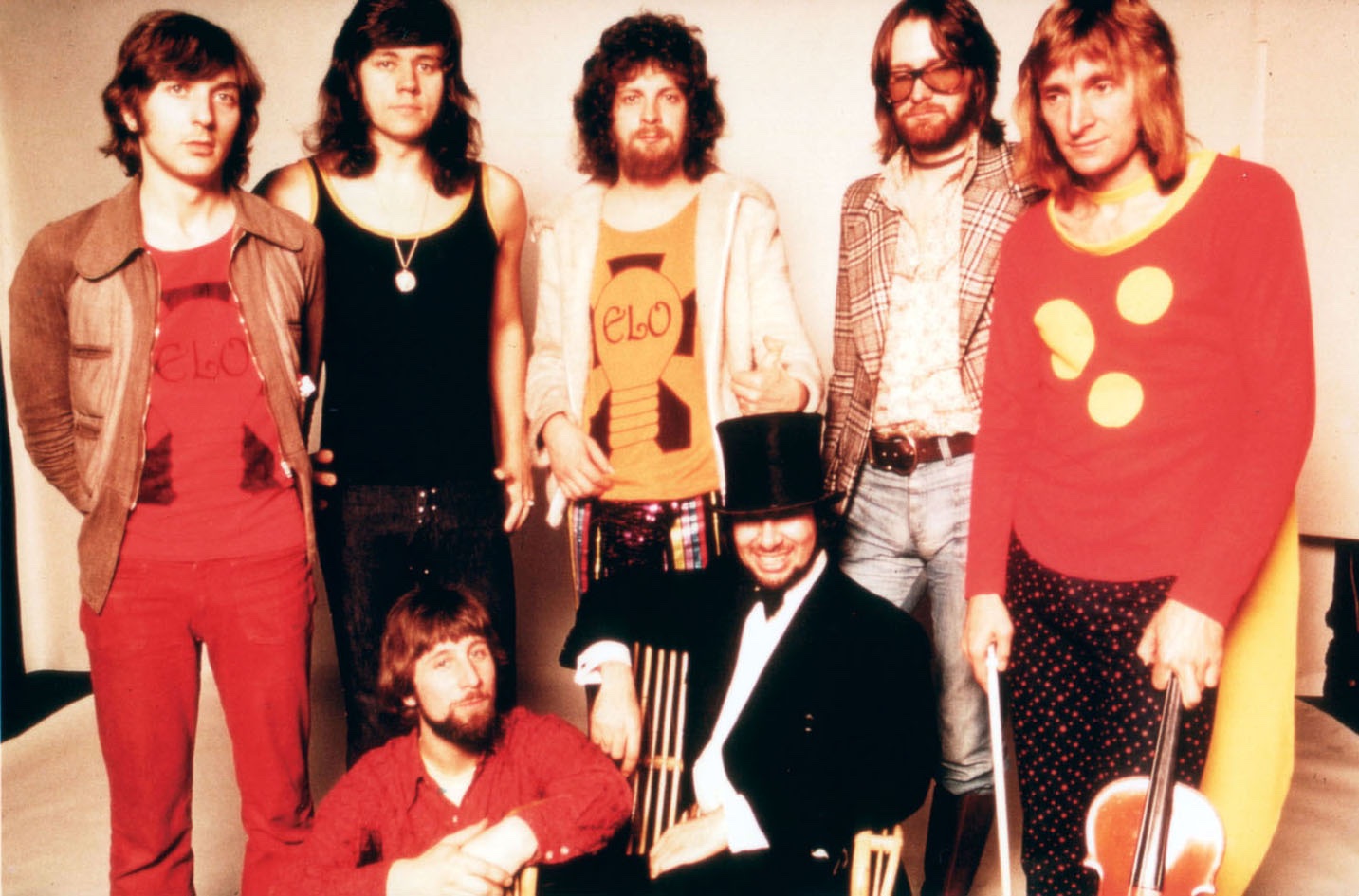
Speaking of Hari, Side 1 ends with the big hit, the cover of Chuck Berry’s Roll Over Beethoven. Obviously the seven-minute-plus epic featuring Beethoven‘s Fifth Symphony was too long for commercial radio. It was chopped down to 4:32 for the single. Curiously, though, the U.S. and U.K. versions of the album track are different lengths — 8:09 on the American album and 7:03 in the U.K. To my ear, this cover does not work at all. They might as well be doing Travellin’ Band.
From The Sun To The World (Boogie #1) starts Side 2. This is the other song featuring Wood on bass and cello. It starts very piano and synth-heavy. The synth, played by ELO mainstay Richard Tandy, sounds quite dated now. The verses are too fast and not terribly melodic. There’s too much going on. But the beat change at the end of each verse is great. The instrumental sections are kinda pompous and grand, apart from the very quiet sections — first of piano, then of violin and piano, and then with — I believe — French horn. Pastoral and pretty before it suddenly turns into a silent film chase. This would be the boogie part, I guess. We get back to the verses, with a bit more gusto than the first time around and we’re treated to a ripping Lynne guitar solo.
Kuiama is the album’s closer and highlight. It has everything — a bit of groove, riffs, catchy vocal melodies, brilliant solos and a unique structure. It’s an anti-war song which seems to borrow elements of King Crimson in its crescendos, but at the same time has vocal climbs and chord resolutions which are more akin to Crosby Stills & Nash than anything else I can name. Again the damn vocals are strained, buried and seemingly recorded with crap mics. Thunderous, underrated drummer Bev Bevan loved this track — which tells the story of a soldier and a young girl whose parents he killed.
It is a fine, if not terribly memorable record. Foundational for the band but maybe not for fans. The next one is the first of four essential records in a row.
3/5
• • •
Area Resident is an Ottawa-based journalist, recording artist, music collector and re-seller. Hear (and buy) his music on Bandcamp, email him HERE, follow him on Instagram and check him out on Discogs.


